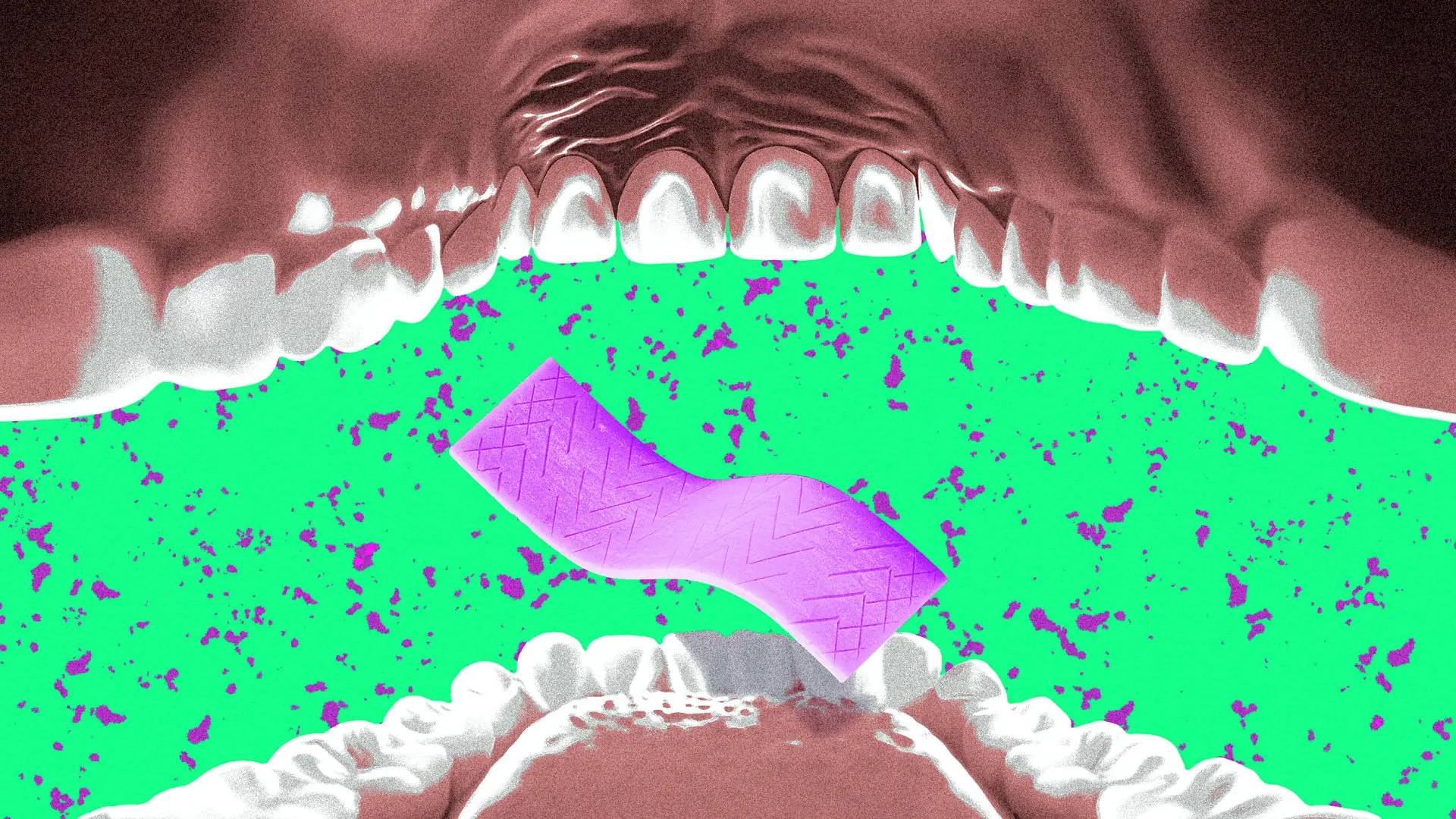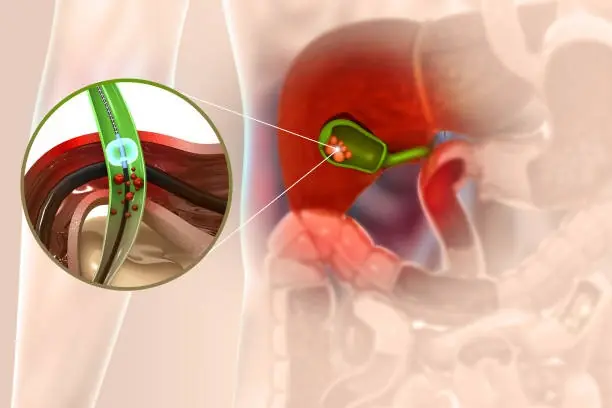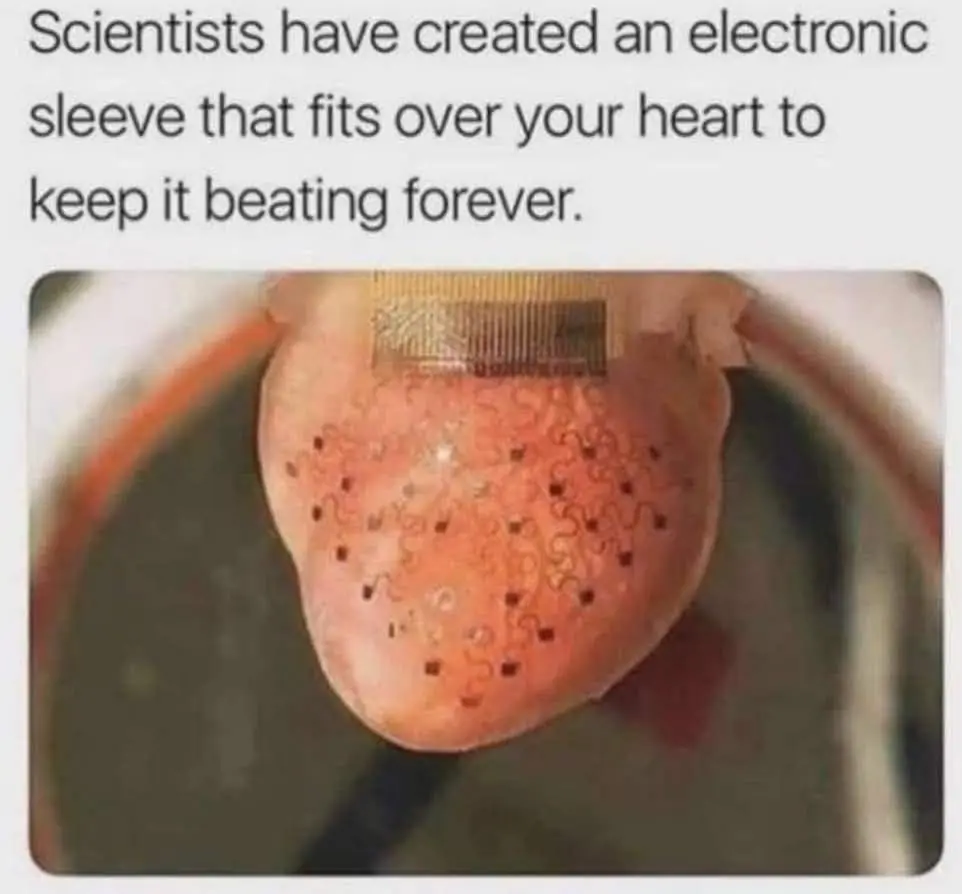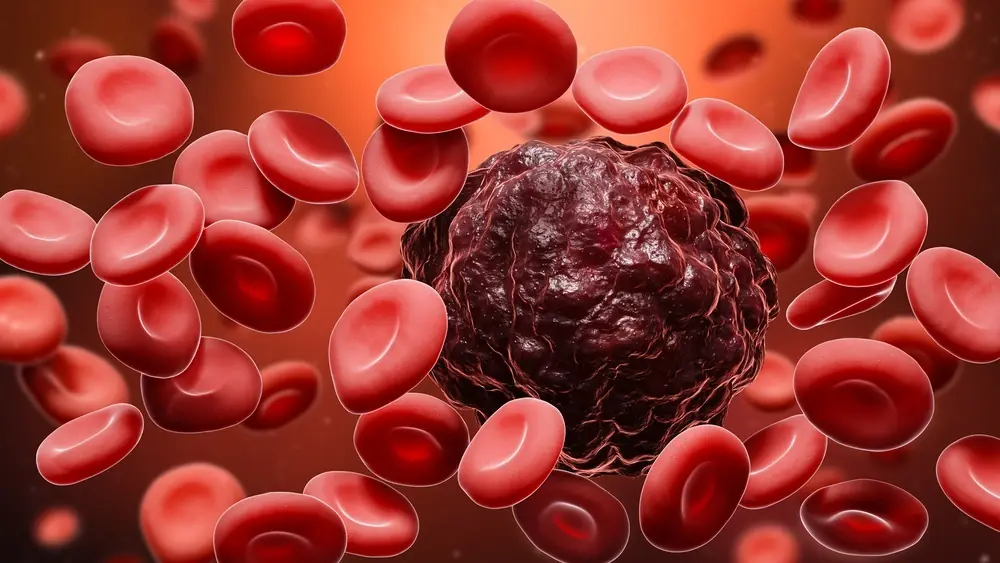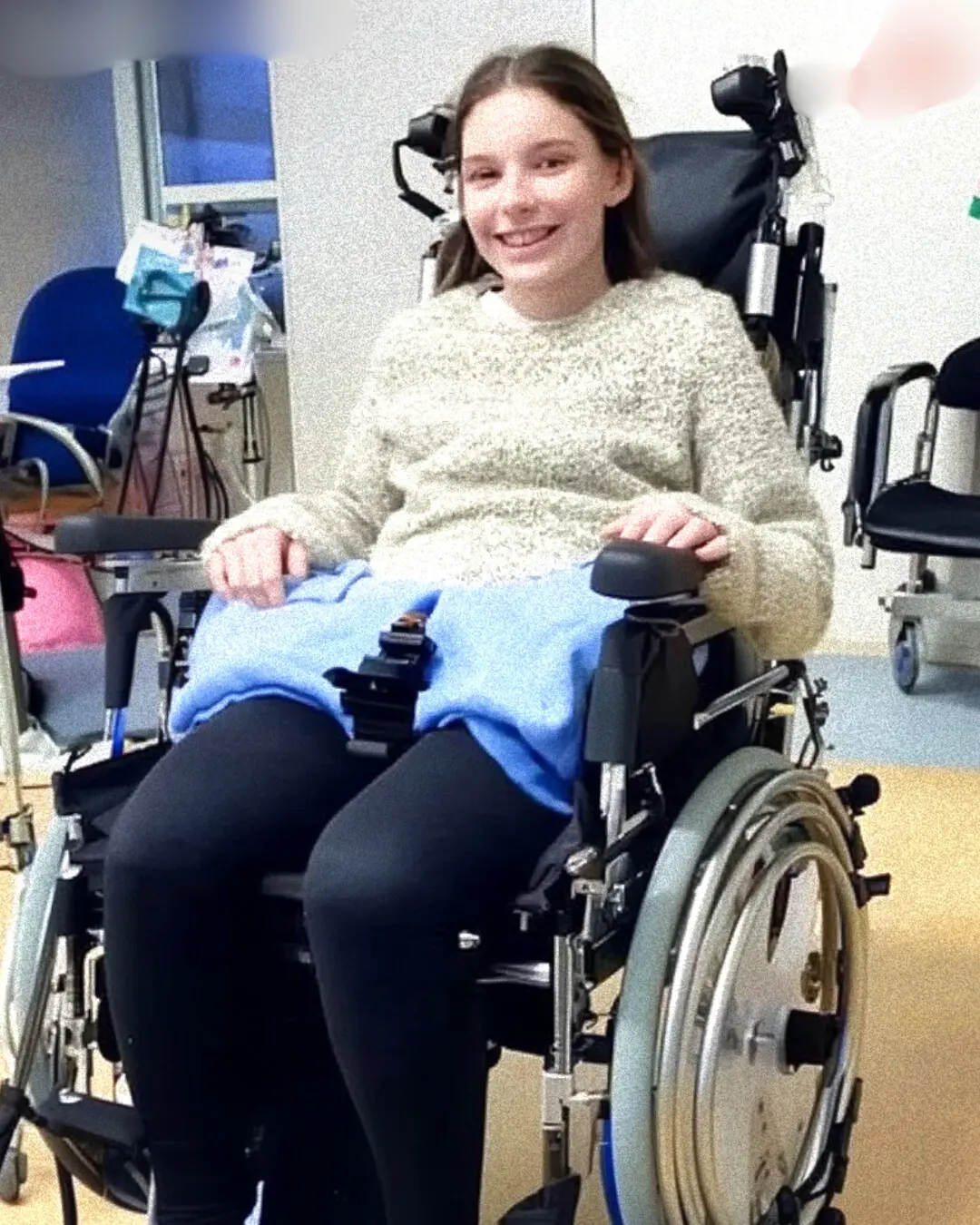
In an extraordinary breakthrough, scientists at the Babraham Institute in Cambridge have achieved a stunning reversal of the aging process in skin cells, making them function as though they were derived from a person 30 years younger. This pioneering discovery has sparked intense excitement and curiosity in the scientific community.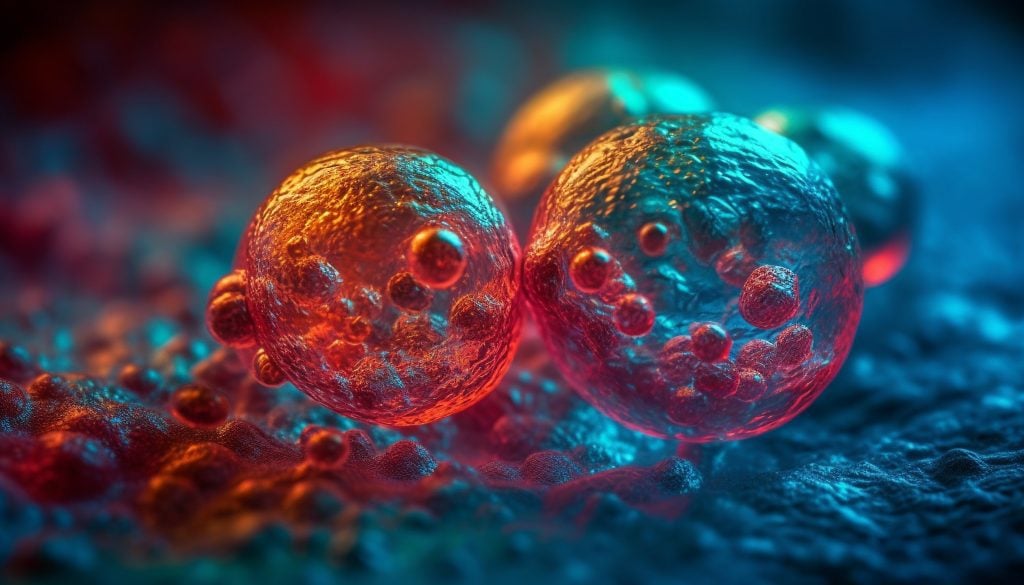
The Foundation of Cellular Reprogramming
This groundbreaking work is based on the discovery by Shinya Yamanaka of Kyoto University, who in 2006 made a monumental contribution to regenerative medicine. Yamanaka found that exposing adult cells to a set of four key molecules could effectively "reprogram" them into stem cells. These stem cells, now known as induced pluripotent stem (iPS) cells, have the remarkable ability to transform into any type of cell in the body. This discovery was revolutionary, paving the way for a host of new opportunities in medical research, particularly in tissue repair and the treatment of degenerative diseases.
Building on this foundation, molecular biologist Wolf Reik, along with his postdoctoral researcher Diljeet Gill and their team at the Babraham Institute, aimed to refine and accelerate the reprogramming process. While Yamanaka’s original method involved exposing adult skin cells to these reprogramming molecules for 50 days, Reik’s team significantly reduced the exposure time to just 13 days. After this brief reprogramming period, the cells were allowed to grow naturally in standard conditions.
Rejuvenation at the Cellular Level
Remarkably, the team discovered that during this brief period, the skin cells appeared to "lose" their aging characteristics. When they gradually regained their function, they showed signs of significant rejuvenation. To assess how much the cells had truly rejuvenated, the researchers analyzed biological markers related to aging and collagen production. The results were astonishing—despite originating from a 53-year-old donor, these cells began to resemble those of a 23-year-old.
Gill, recalling the moment the results were confirmed, shared his initial disbelief. “I remember the day I received the results. Some of the cells seemed 30 years younger than they should have been. It was an incredibly exciting moment,” he said in an interview with the BBC.
This finding holds great promise as it sheds light on how aging might be reversed at a cellular level. Collagen, which plays a crucial role in maintaining skin elasticity and structure, decreases as we age, leading to wrinkles and sagging skin. By restoring collagen production, the researchers’ work suggests that aging processes could be manipulated, potentially opening up new avenues for treatments to counteract the visible signs of aging.
Public Reactions and Ethical Considerations
The announcement of this revolutionary discovery has generated mixed reactions from the public, the medical community, and the cosmetic industry. Many people expressed hope and excitement, seeing the potential for this research to offer solutions to age-related issues and cosmetic concerns. Social media discussions have been rife with speculation about how this breakthrough could shape the future of anti-aging treatments.
While dermatologists and experts in regenerative medicine have praised the research, they have also urged caution. Dr. Rebecca Simmons, a leading dermatologist, emphasized the need for more clinical trials to assess the long-term effects of the technique before it is applied to human treatments. “This research is groundbreaking, but more work needs to be done to ensure its safety and effectiveness,” she remarked.
The cosmetic and skincare industries, however, have shown great interest in the findings. Several biotech companies are now exploring the possibility of using similar techniques to develop non-invasive anti-aging treatments. Some experts in the beauty industry have speculated that cellular rejuvenation could redefine beauty standards and spark a new era of skincare products, leading to more effective solutions for maintaining youthful skin.
Potential Applications and Further Research
Although the experiment was conducted in a controlled lab setting, the technique's direct application to humans is still some way off due to potential risks. Reik cautioned that reprogramming adult cells could inadvertently cause genetic changes that might increase the risk of cancer. As a result, further research is necessary to minimize these risks and make the procedure safe for medical use.
Nevertheless, the potential applications of this discovery are vast. One promising field is regenerative medicine, particularly for treating burns or other types of tissue damage. The ability to accelerate the healing process could lead to more effective treatments for severe injuries. Moreover, the findings open the door to further investigations into aging itself, with the potential to develop therapies that slow down or reverse age-related damage in various organs and tissues.
Beyond aesthetic and dermatological applications, this research could have far-reaching implications in the treatment of neurodegenerative diseases like Alzheimer's and Parkinson's. By rejuvenating damaged brain cells, cellular reprogramming could offer new hope for patients suffering from these devastating conditions. Additionally, advances in tissue engineering could enable the development of lab-grown organs or better grafts for transplant patients, providing new solutions to the shortage of donor organs.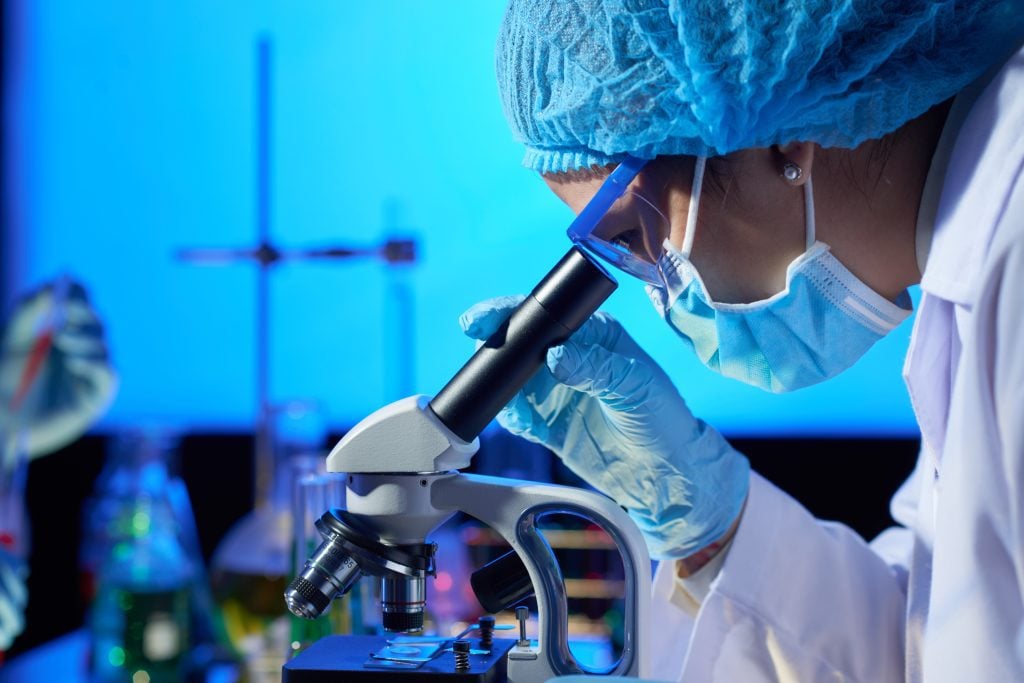
Other Notable Studies on Cellular Rejuvenation
The concept of reversing aging has gained considerable traction in recent years, with multiple studies investigating similar approaches. In 2020, researchers at Harvard Medical School successfully restored vision in aged mice by reprogramming eye cells using Yamanaka’s factors. Published in Nature, the study demonstrated that retinal cells could regain their youthful function, hinting that reprogramming could have applications beyond just skin cells.
Similarly, scientists at the Salk Institute for Biological Studies in California conducted a study showing that partial reprogramming could extend the lifespan of mice by reducing age-related signs in various tissues. The animals exposed to Yamanaka factors showed improved organ function and increased regeneration, without an elevated cancer risk. These findings collectively suggest that aging might not be as irreversible as once believed, and targeted cellular reprogramming could lead to breakthroughs in extending human health and longevity.
Future Prospects and Scientific Optimism
Looking ahead, Reik is optimistic about the long-term potential of this research. “If we can identify the specific genes that trigger rejuvenation, we might be able to slow or even reverse aspects of aging without needing full reprogramming,” he said in a press release. This suggests that scientists may one day pinpoint specific pathways to rejuvenate cells without the risks associated with full reprogramming.
Research is now shifting toward identifying safe, effective methods for translating these discoveries into real-world treatments. Future studies may involve further testing in animal models and refining techniques to minimize any potential risks. As technology advances, it is possible that slowing or even reversing the effects of aging could eventually become a reality.
The results of this study were published in the journal eLife, laying the groundwork for further exploration of aging and cell regeneration. While much remains to be learned, this discovery represents a pivotal moment in understanding how aging can be manipulated at a cellular level, offering the potential to reshape medicine and human longevity in the coming years.
In conclusion, this breakthrough is not just a scientific curiosity—it could mark the beginning of a new era in medicine, with the potential to change how we think about aging and the future of human health.

